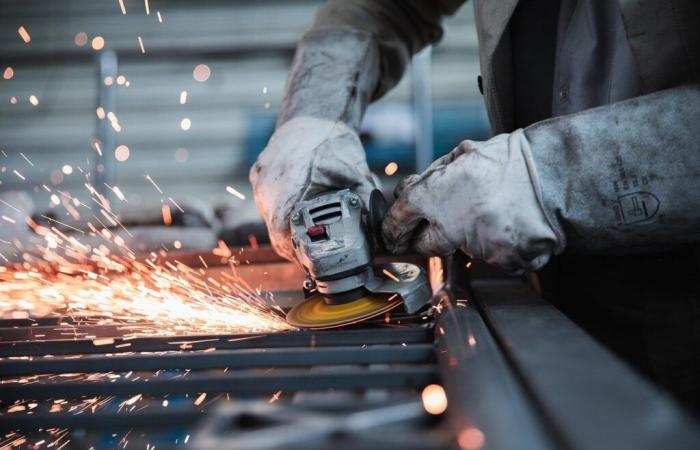Despite a notable drop in the rate of factory creation, France continues to have more openings than closures. The biannual barometer of the General Directorate of Enterprises (DGE) highlights a reindustrialization marked by growing sectors, in particular those linked to renewable energies. However, challenges remain in some areas affected by high energy costs.
A positive result despite a slowdown
According to the latest DGE barometer, the balance of factory creations and extensions in France remains positive for the first half of 2024, with a total of 36 net openings. This figure, although modest compared to previous years (189 creations or extensions in 2023), shows continuity in the movement initiated several years ago.
The DGE specifies that by only counting new factories without including extensions, the balance becomes negative, at -8 sites. This nuance highlights a notable deceleration compared to the 2022 and 2023 results, but does not call into question, according to state services, the trend towards reindustrialization of the country.
Industry Minister Marc Ferracci expressed optimism despite the slowdown: “ Although the situation is more difficult, reindustrialization continues, and certain sectors such as green industry and consumer goods remain particularly driving forces.. » This dynamism is mainly based on the green industry, which recorded a positive balance of +21 creations or extensions. The renewable energy sector, including batteries, photovoltaics and heat pumps, represents 60% of new locations.
The automobile and energy-intensive sectors are in difficulty
However, the development is contrasted depending on the sector. The automobile industry, historically one of the pillars of French industry, is experiencing a difficult time, aggravated by rising energy costs and the technological upheavals linked to electric vehicles. This sector thus recorded a negative balance, with 17 closures for 11 creations. Sectors that are very energy intensive, such as plastics processing, are not left out with a negative balance of -3, also impacted by energy prices.
Faced with this situation, the Ministry of the Economy and Finance plans to adjust its public policies to further support sectors in difficulty. The DGE barometer should thus serve as an analysis tool to adapt incentive and support measures. “ We must stay the course in terms of competitiveness and supply policy “, said Ferracci, emphasizing the importance of these policies to preserve the dynamic of reindustrialization.
This official barometer is not without provoking discussions. Some observers, like David Cousquer, founder of Trendeo, provide a different reading. Based on public announcements, Trendeo observes a more marked drop in openings. “ The DGE barometer is even more severe than ours », Specifies David Cousquer, who nevertheless recognizes the rigor of the official data. The debate remains open, especially in a context where international competition is becoming increasingly pressing, particularly from China and the United States.






